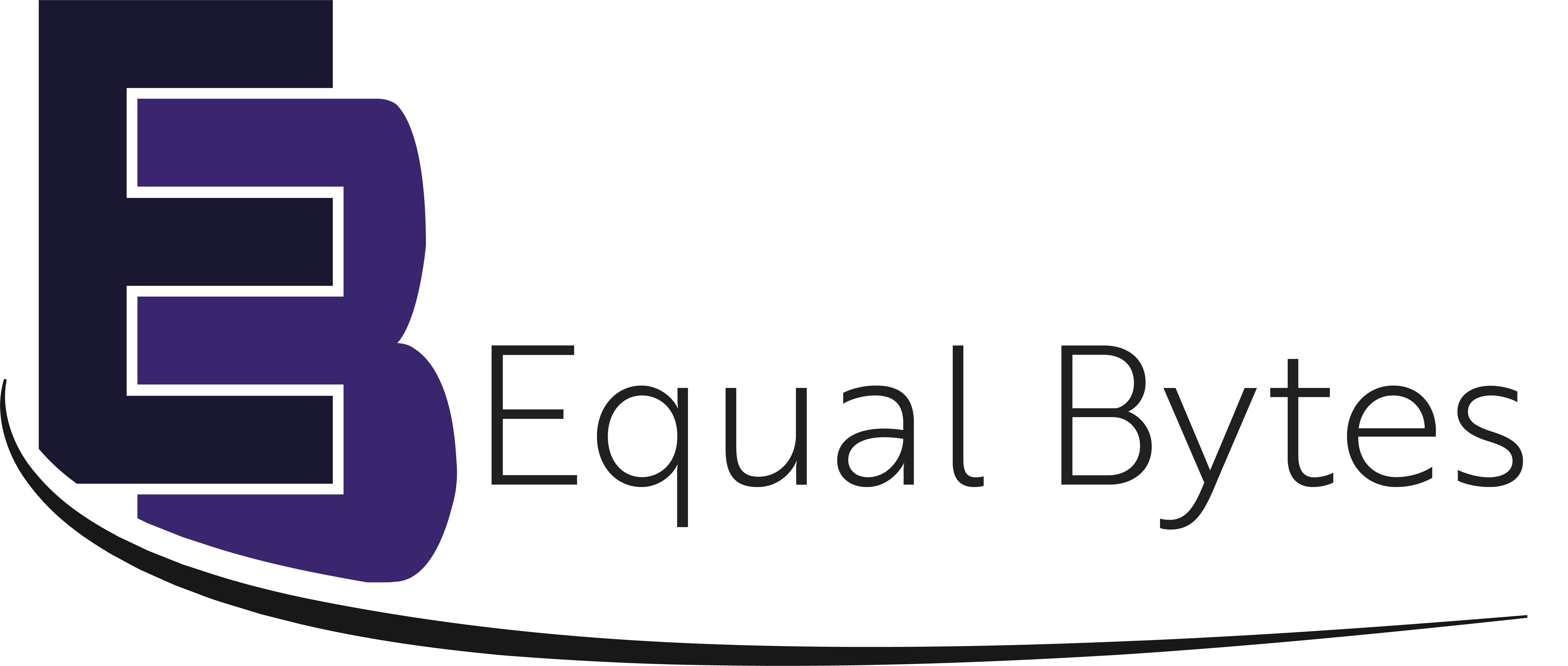Change Management & Benefits Realisation
Defining Problems, Opportunity, Benefits, Options Analysis, Investment Logic Maps
To be successful, any organisational change must first be fully defined and understood. We can guide your organisation through the change management process using the ADKAR change process and SMART Goals in conjuction with various tools we have developed over the years to implement the change.
This clarity helps to engage the stakeholders necessary to make the change, and ensure that expectations are fully aligned.
Contact us to organise a free initial consultation
Understand Successful Change Management

Implement Change Management and ensure Benefits Realisation
The biggest challenge facing every business today is change. It will also be the biggest challenge you face next year and the year after that and so on. Change confronts and challenges our ability to create value for customers and remain relevant.
Walk any five year old through your home and point out everything that didn’t exist when you were their age….a lot huh! And your organisation will almost certainly change more in the next 3 years than it has in the last 5.
Ever felt frustrated, anxious, confused or feel like there is no purpose in changing? Well there is a reason why.
For most people, any change is uncomfortable. Therefore, when managing change in the workplace, it is your job to help people see that whatever they’ve been doing in the past can no longer take place.
People want a clear, simple-to-understand ‘promised land’ to which they can travel. Make sure you have the right people on board (behaviour, skills and attitudes) to deliver the tomorrow you desire and need.
Everyone has their part to play in managing change, whether or not you are the recipient of change, helping implement change or sponsor of change.
When it comes to effectively managing change, it isn’t as simple as implementing some seductively attractive turn-key change management model. If it was that easy you could just hand someone a document to implement …. but they’d fail…
The first of these is understanding the very basics of managing change – what we call the formula for change. By getting this right, you have started down the right path and your chances of success have now increased.
So what is the formula for change?
There are three elements:
1. A problem/opportunity or dissatisfaction
Is there a problem that you are trying to solve or an opportunity? Or, are people dissatisfied with the current situation?
2. The vision or story
(the why)
What does the future look like and do people agree with that future? This includes goals, objectives – we are here (current) and want to get to there (future).
3. A well thought about process to implement
Explaining clearly to people how the change will be implemented.
For successful change, we need to multiply each of the above and the combination needs to be greater than the cost of change. Missing any of these elements can result in the outcomes below.


